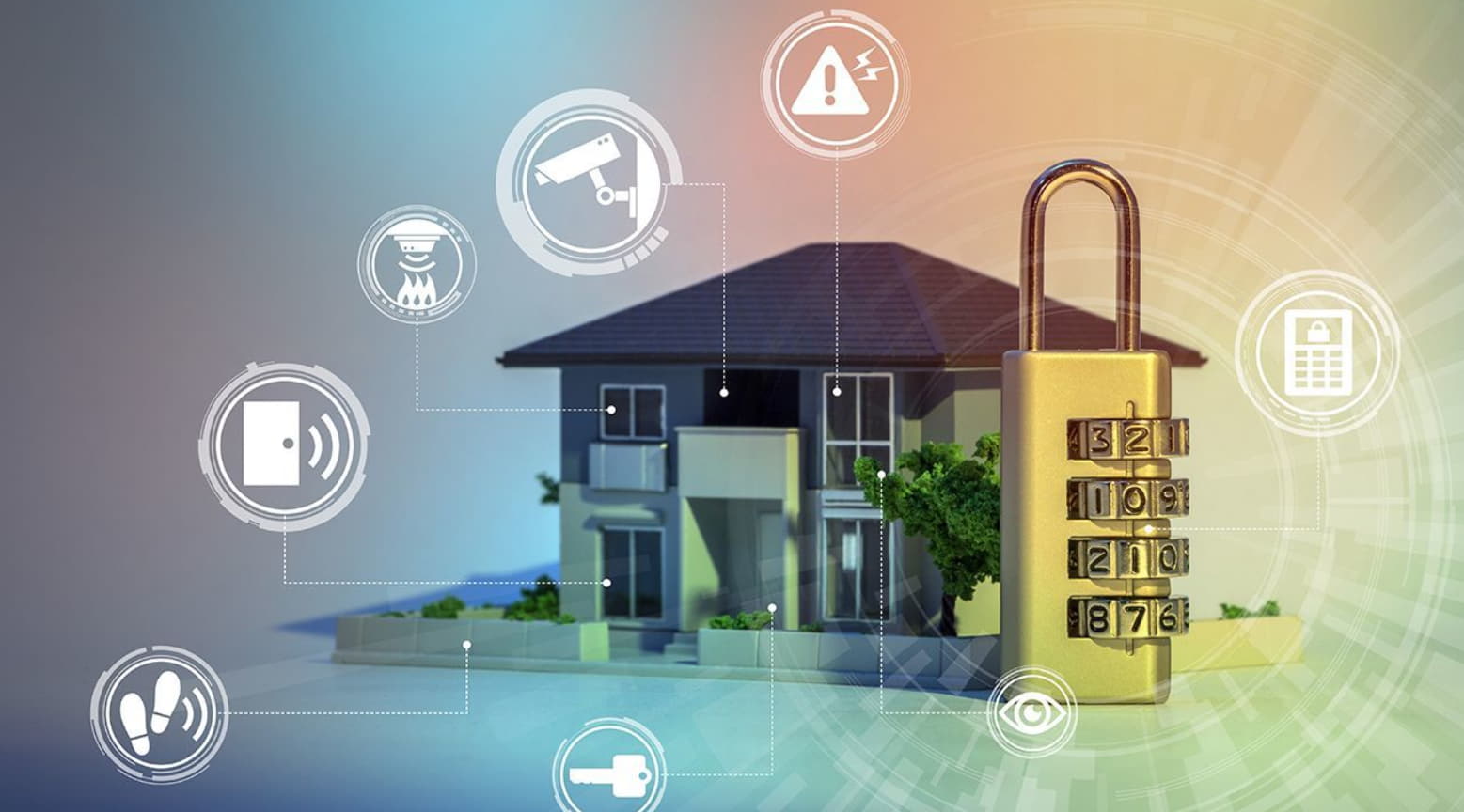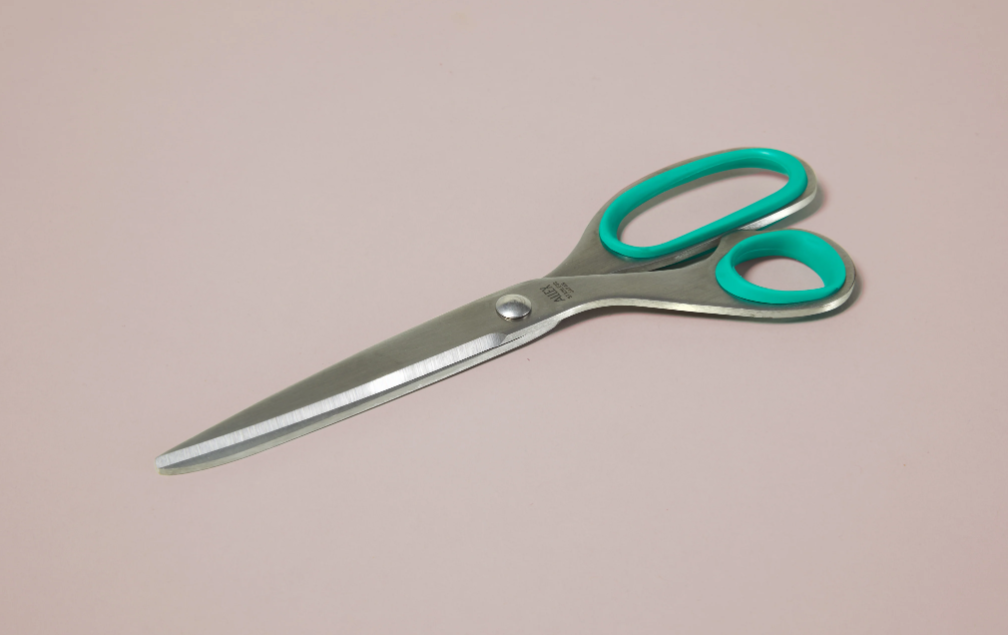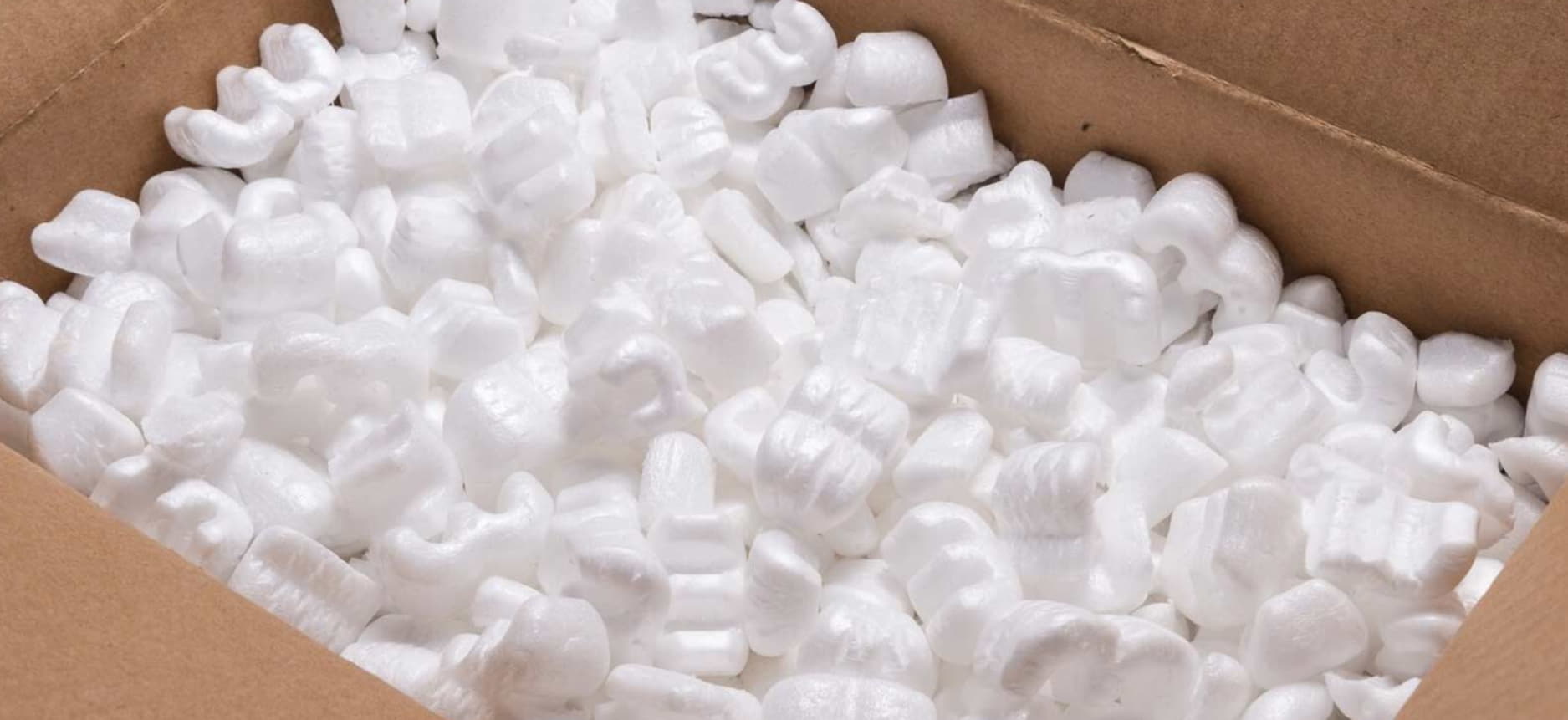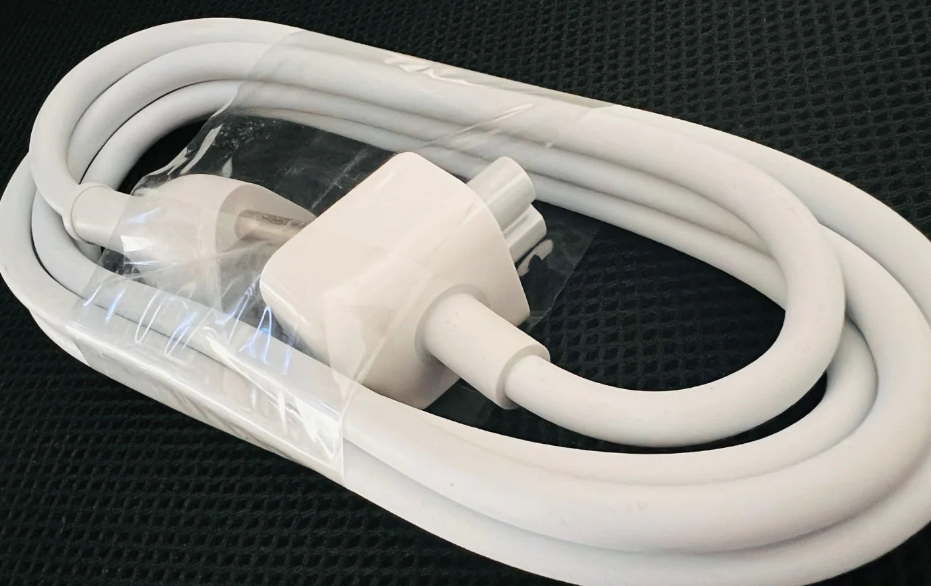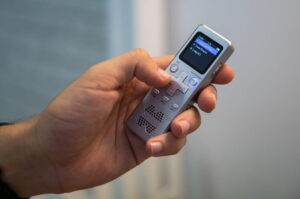If you’ve ever experienced the frustration of a malfunctioning MacBook charger cable, you’re not alone. A reliable charging cable is essential for keeping your MacBook powered and ready for action. Let’s explore the top five reasons why your charger cable might be acting up and how to address these issues.
1. Physical Damage
They endure a significant amount of wear and tear through daily use. Over time, bending, twisting, and tugging can lead to physical damage. Inspect your cable for any visible cuts, frays, or exposed wires. If you notice any damage, it’s time to replace the cable to prevent further issues.
2. Poor Connection at the USB-C End
The USB-C end of your charger cable is susceptible to dust and debris. If your MacBook is not charging consistently, check for any foreign particles in the USB-C port. A can of compressed air can be useful for gently cleaning out any unwanted debris, ensuring a secure connection.
3. Faulty Power Brick
Sometimes, the issue lies not with the cable but with the power brick. If your MacBook is not charging despite a seemingly functional cable, try using a different power brick. This simple troubleshooting step can help identify whether the cable or the power brick is the culprit.
4. Software Glitch or System Settings
Occasionally, software glitches or incorrect system settings can interfere with the charging process. Ensure that your MacBook’s software is up to date, and check the energy saver settings in System Preferences. Resetting the System Management Controller (SMC) is also a potential solution for addressing charging-related issues.
5. Overheating Issues
Overheating can cause the insulation around the wires in your charger cable to degrade, leading to malfunctions. Avoid leaving your charger in direct sunlight or near heat sources. If your MacBook gets excessively hot during use, it’s advisable to address the root cause to prevent damage to the charger cable.
Addressing Issues with MacBook Air Charger
If you own a MacBook Air, the charging cable might have unique vulnerabilities. Ensure that your MacBook Air charger is compatible with your device model and is not subjected to excessive bending or pulling. The same principles apply – inspect for physical damage, clean the connections, and check for any issues with the power brick.
Conclusion
In conclusion, a malfunctioning MacBook charger cable can be a source of frustration, but identifying the root cause can often lead to a straightforward solution. Whether it’s physical damage, a poor connection, a faulty power brick, a software glitch, or overheating, addressing these issues promptly can prolong the life of your charger cable and ensure your MacBook stays powered up when you need it.

 Home
Home